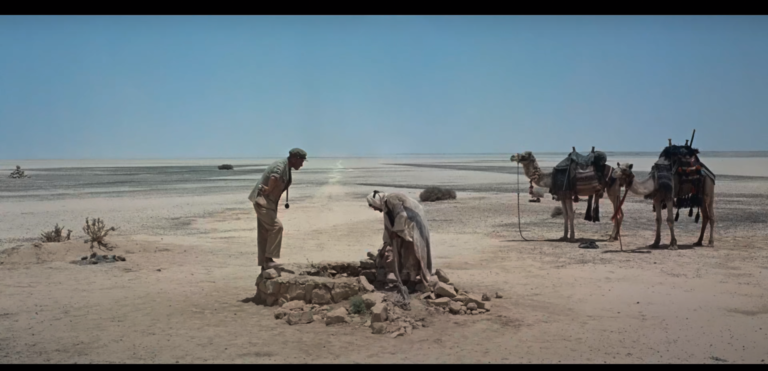
Freddie young DOP : Greatest Visual artist!
Mar 08 2024
This early morning before sunrise i got a message from SICA general secretary Ilavarasu which had images of great cinematographer of all time Freddie young, it took me to the journey of visuals of great era… After some time a voice message of Ilavarasu requesting for an article
Here it is..,!

## Freddie Young: A Master of Light and Landscape
Freddie Young, a titan of British cinematography, began his film career at the tender age of 15, graduating to cinematographer in the late 1920s. His exceptional career spanned decades, illuminating a vast array of British and Anglo-American productions. He is particularly celebrated for his long-standing collaboration with director David Lean, a partnership that yielded multiple award-winning films.
Young’s early exposure to the silent era instilled in him a profound appreciation for the power of visual storytelling. This foundation is evident throughout his filmography. His technical prowess is undeniable, with innovative approaches like the pre-exposing of color film (pre-fogging) in “The Deadly Affair” (1966) to achieve a muted color palette.
Awarded Excellence
Young’s dedication to his craft garnered him numerous accolades. He received three Academy Awards for Best Cinematography:
Lawrence of Arabia (1962): This epic desert adventure showcased Young’s mastery of capturing vast landscapes, most notably in the iconic three-minute mirage sequence where a figure slowly emerges from the shimmering heat haze.
https://youtube.com/playlist?list=RDgzEEB8MeD0c&playnext=1&si=IBENxtqFbDd-BlrN
Doctor Zhivago (1965):Here, Young’s brilliance is evident in creating the illusion of a harsh Russian winter on Spanish locations.

Ryan’s Daughter (1970): The film’s spectacular Irish sea storm sequence, a grueling months-long shoot, stands as a testament to Young’s perseverance and his ability to translate a director’s vision into reality.
Beyond the Oscars, Young’s achievements include British Academy Award nominations for “The 7th Dawn” (1964) and “Lord Jim” (1964), an OBE (Officer of the Order of the British Empire) in 1970, a BAFTA Fellowship in 1972, and the American Society of Cinematographers’ International Award in 1993.
Beyond Technique: Collaboration and Practicality
Young wasn’t just a technical wizard; he was a valuable collaborator. His meticulous approach, coupled with practicality, made him an invaluable asset to directors, especially those less familiar with the intricacies of camera work and lens capabilities.

Case Study: Lawrence of Arabia
While Young’s techniques are worthy of exploration, it’s important to understand that for him, visual storytelling wasn’t just about flashy tricks. “Lawrence of Arabia” exemplifies this philosophy. The film’s grandeur is a result of a highly refined visual aesthetic combined with immense physical effort and unwavering determination. The opening scene, with the close-up of Lawrence extinguishing the matchstick followed by the expansive desert landscape bathed in warm hues, sets the tone for the film’s visual language. The emphasis on leading lines and the horizon creates a sense of depth, direction, and movement within the frame. Notably, camera movement is predominantly left to right, guiding the viewer’s eye.

Another iconic scene is the introduction of Sherif Ali (Omar Sharif). The scene utilizes a 500mm Panavision lens, creating a sense of discovery as Sherif Ali emerges from a speck on the horizon, slowly growing larger until he dominates the frame. The initial tranquility of the scene, punctuated by the starkness of the desert, is shattered by the unexpected gunshot, foreshadowing the complexities of the relationship between Lawrence and Sherif Ali.

Legacy
Freddie Young’s filmography is a testament to the power of light, shadow, and landscape in shaping a film’s narrative. His unwavering dedication to his craft and his collaborative spirit continue to inspire cinematographers today. While streaming platforms have revolutionized film consumption, they can’t fully replicate the immersive experience of a grand 70mm film on the big screen. Thankfully, Young’s work continues to be accessible, allowing audiences to appreciate his mastery of light and shadow on their own terms.
Now though you miss the grandeur of 70 mm but a good resolution print is available.
Article by
CJ Rajkumar
Author/ Cinematographer
